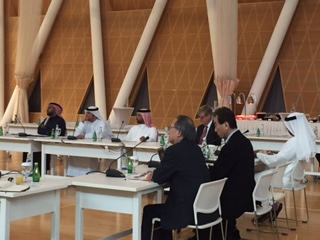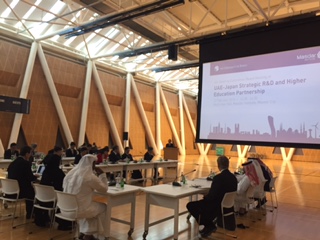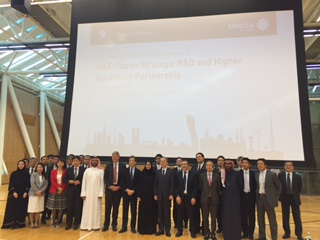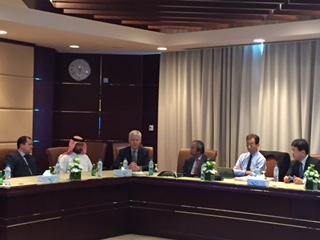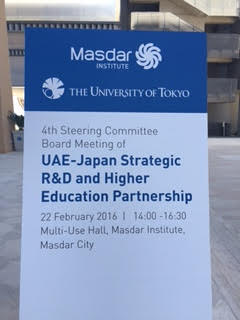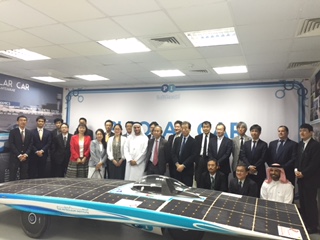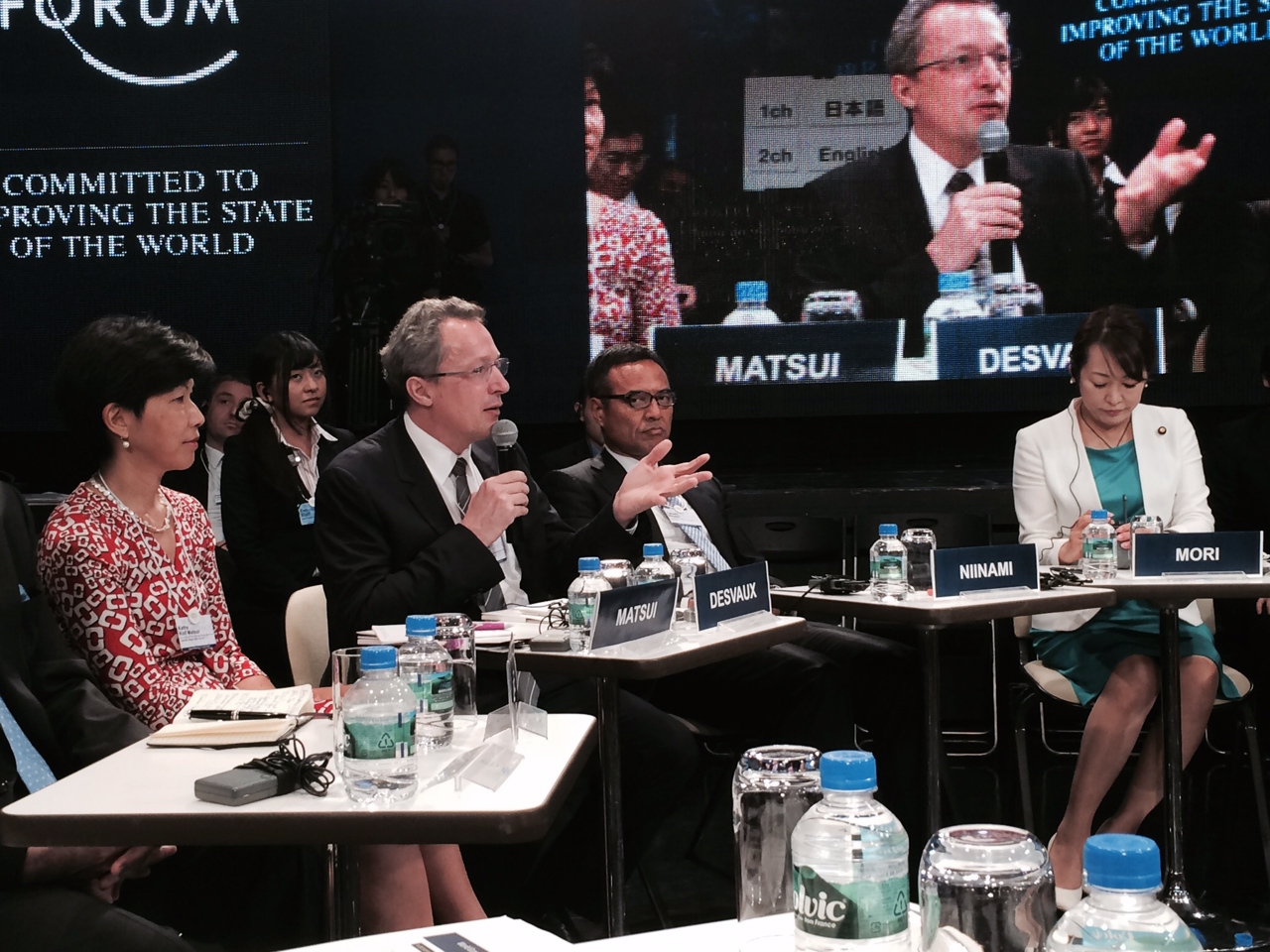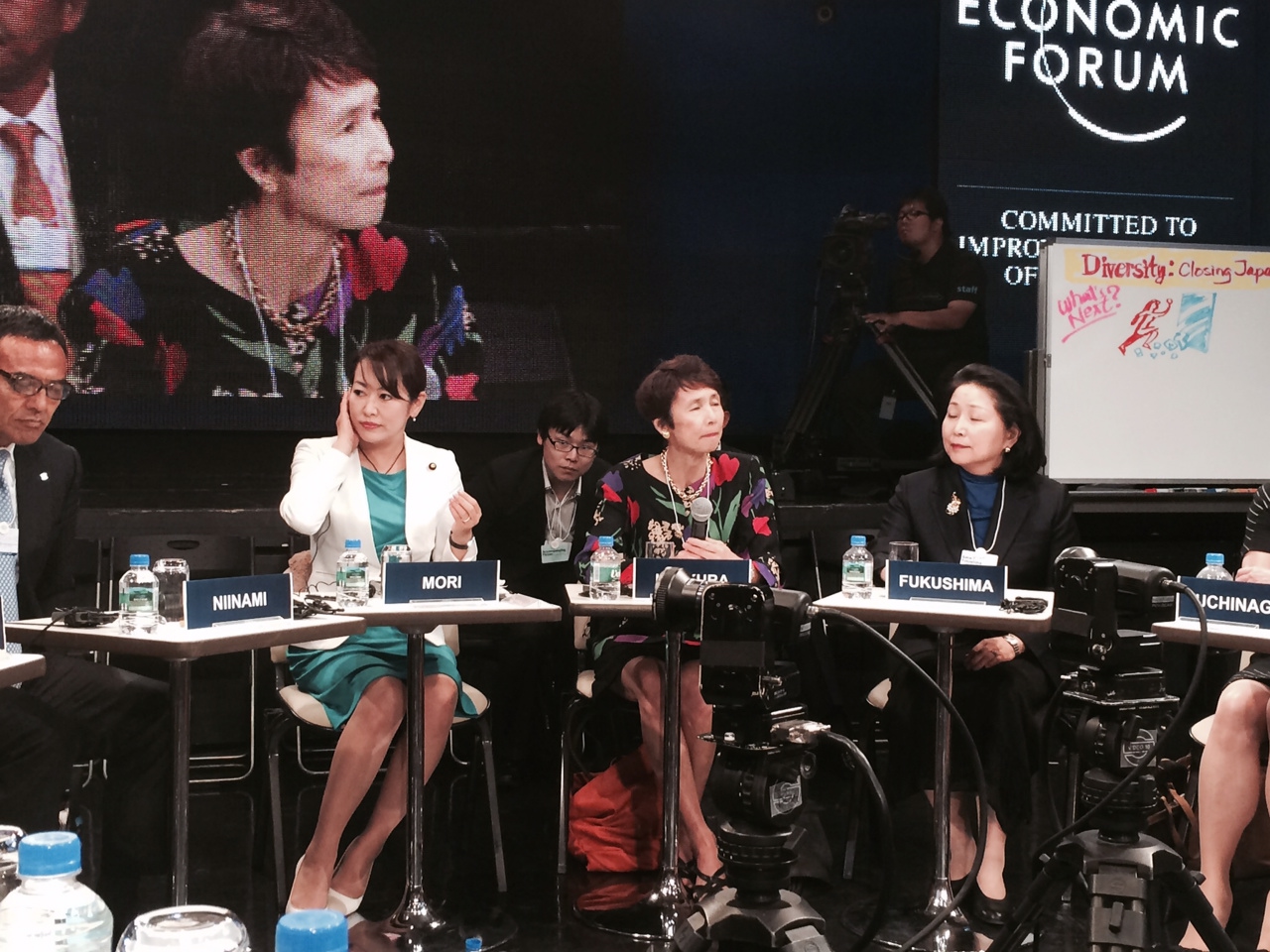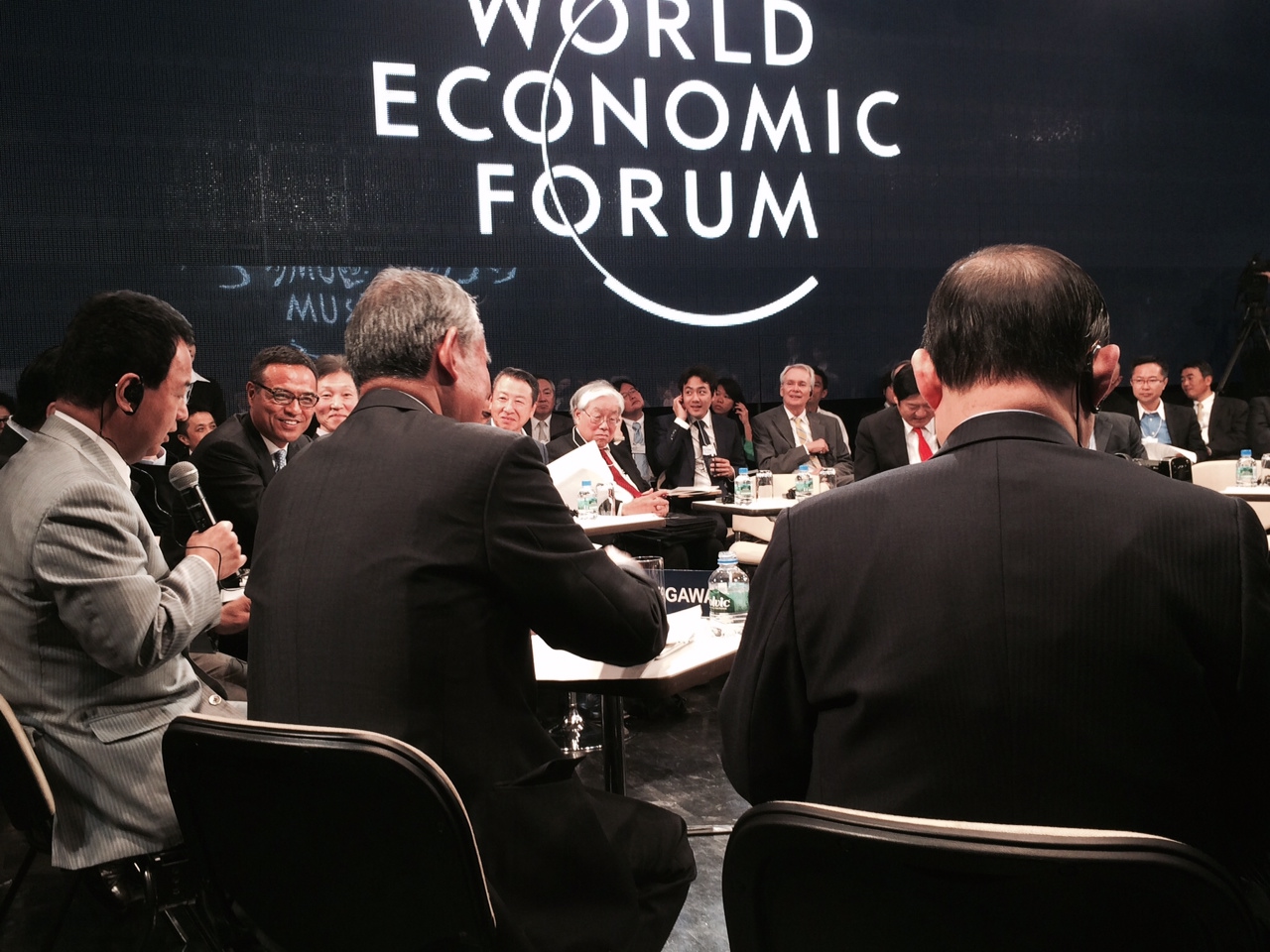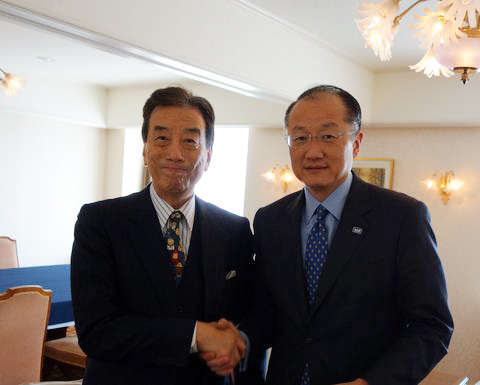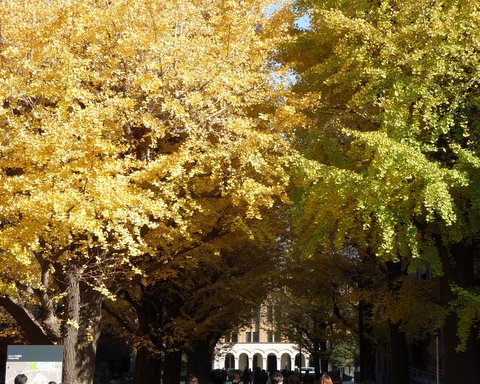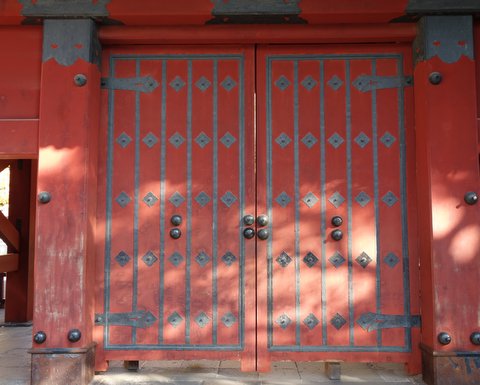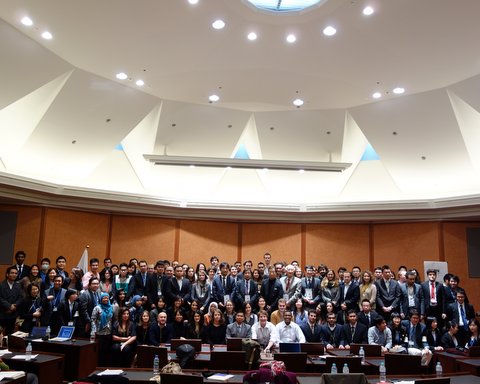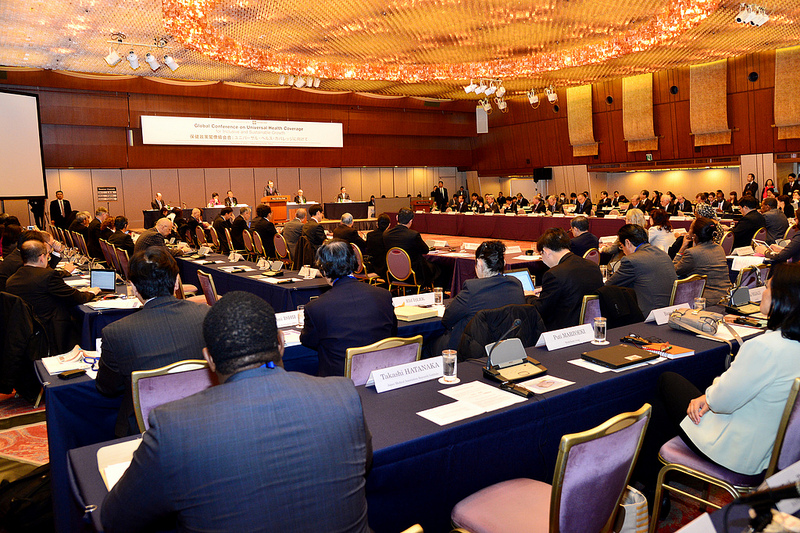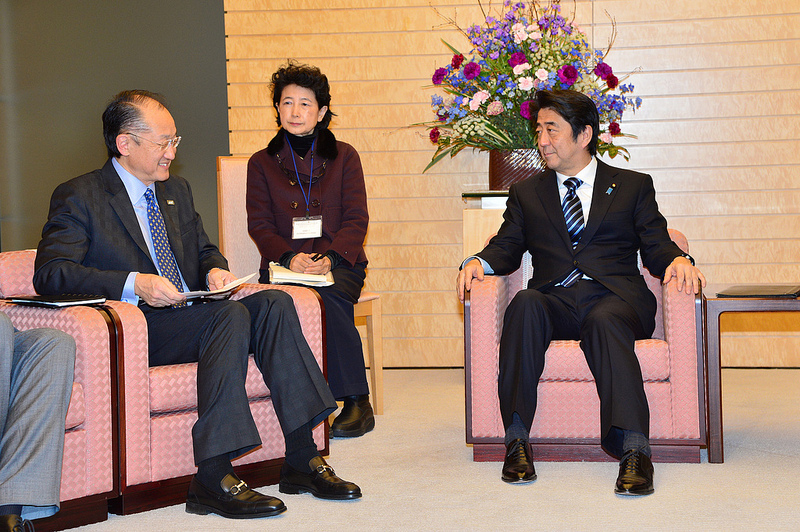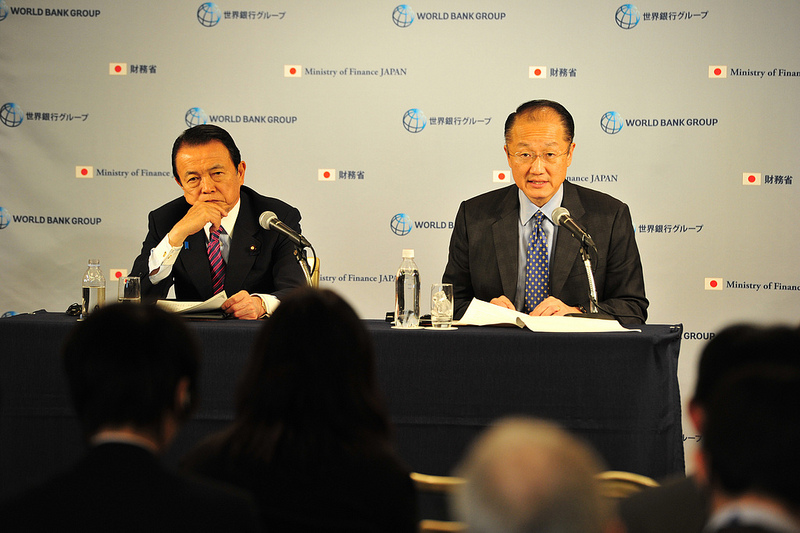After the dinner with DUJAT (Dutch & Japanese Trade Federation), I departed from Schiphol Airport, landed in Oslo 90 minutes later and stayed for one night. The next morning, I boarded a charter flight with about 140 people, which flew north for three hours and landed in Longyearbyen. It is located on the 78th parallel north.
This small village is the center of the Svalbard Islands and is located on Spitzberg Island. Due to the historical background, the governance is conducted collectively by Norway, Russia and the United States. In recent years, how to tackle the issues in the arctic has become one of the world’s challenges.
The Aurora Borealis Foundation (1) hosted this gathering. It was organised mainly by Bo Ekman of the Tallberg Foundation.
I attended a conference by Tallberg in 2013 when I visited Stockholm for a conference by invitation of Vattenfall power company due to my position as the Chairman of the National Diet of Japan Fukushima Nuclear Accident Independent Investigation Commission.
This time, another Japanese participants was my good friend Prof Mario Tokoro of Sony, which made me feel a bit relieved. The conference was co-hosted by Christopher Chuang, who has a career in media in Taiwan, and Mr. Ekman, so there was a large group of participants from China. However, I had the impression that much of the program, lectures and remarks were rather liberal. The brainstorming sessions that took place in small groups were also very good.
Through the brainstorming session, I met Dr. Eric Rasmussen, who is a leader in the field of global health and has a very unique career path. We share some similarities and had a very productive discussion.
On the third day, there were a several optional activities and I went to Barentsburg via a boat ride that was approximately two hours one-way. I enjoyed the outing there.
There was one man from the group from China who was wearing a very peculiar hat and had a unique appearance. I got the feeling that I had seen him somewhere before and it turned out that he was thinking the same thing.
He is a renowned designer and we had seen each other numerous times at the venue and hotel of the Nobel Prize award ceremony, which took place last December. It turned out that he was the stylist of Youyou Tu, who was awarded the Nobel Prize together with Dr. Omura. He brought his apprentice on the trip as well. I look forward to running into him again someday.
On the way back, I stopped by the Global Seed Vault. It seems that there are many people who stay at Oslo and the charter flight was delayed. From Oslo Airport, I made it just in time for my connecting flight in Paris and made it to Haneda.
My luggage was left at Oslo but it arrived three days later in Tokyo.












